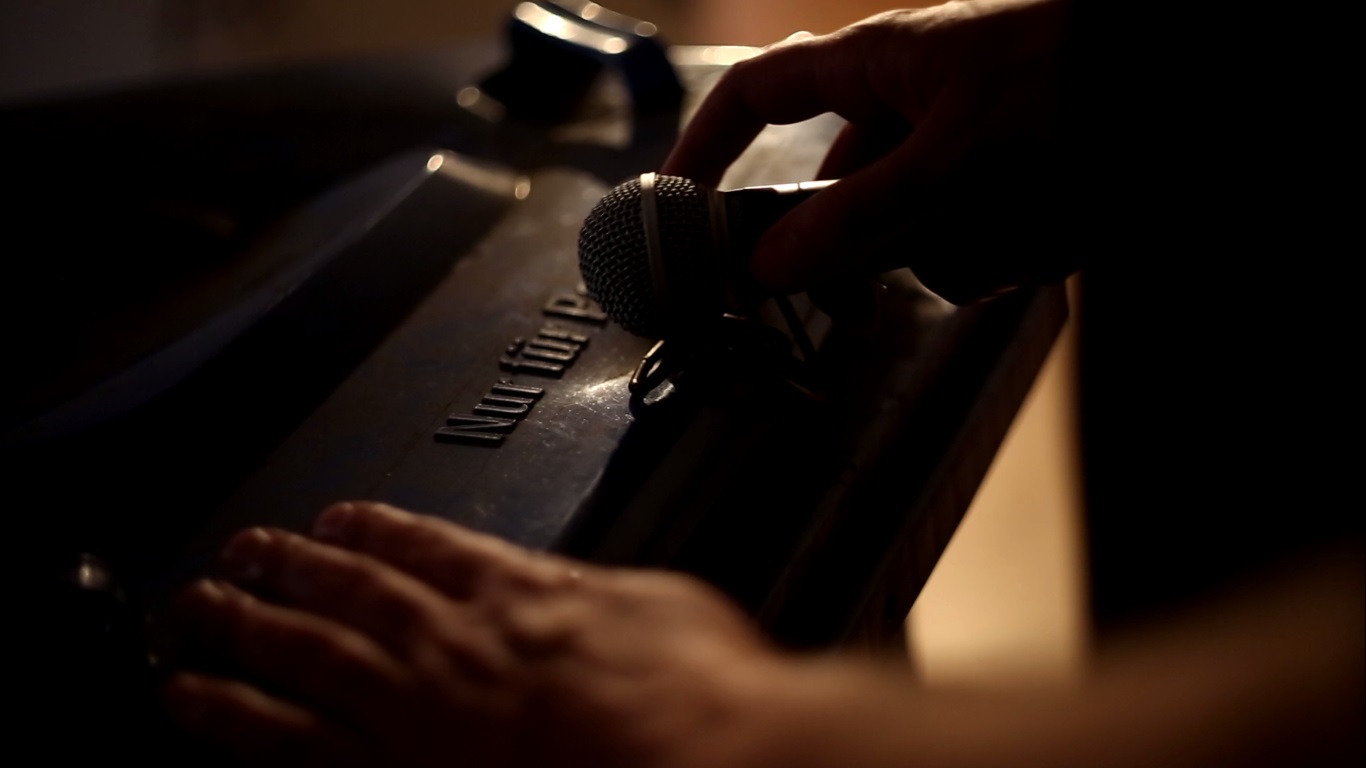Interview conducted by Thomas Maier
TM: David, first of all thank you for taking the time. I did some research and came across a wonderful sentence in a review of “The Most Natural Thing”. The critic wrote “Keplinger creates unusual conversations among the poems: when the book is closed, Flash Gordon lives beside the French Symbolists, a sexual encounter at a teenager’s first job beside Vasco da Gama.” I was under the very same expression, there are a lot of seemingly disparant elements, but those are at the same time exquisitly connected by your voice. What interests you about these variances, this juxtapposition that then again turns out to not really be one at all?
DK: I like the way you put this: “disparate elements…at the same time… connected by a voice.” The American poet Charles Simic wrote a series of poems called Dime Store Alchemy some years ago, in which he studied a similar phenomenon in the surrealistic art of Joseph Cornell, who gathered into small boxes the bric-a-brac he found at the thrift shops and antique stores of New York. He made many many boxes by this same process, but each one is a renewal of the form. In The Most Natural Thing I aimed to make a box of the paragraph (it was a perfect box on the page, so the last word was justified perfectly to the right side, closing the box), and then I filled the box with disparate things, whose mere inclusion in this structure alluded to a mysterious relationship where things take on meaning in the betweens, the interstices. The square, I might add, is the most unnatural thing in nature, an artificial form derived by humans, so I set the tension of that artificiality against subjects that were messy and organic–organs of the body, disease, family dynamics, and plants, to name a few.
TM: As sort of an extension to my first question: you portray, at least in the excerpt you sent me, quite a lot of historical figures in situations in which we wouldn’t necessarily picture them. The great stoic Marcus Aurelius is heartsick all of a sudden, Lincoln, in the year of his inauguration, seems worn out and tired, Houdini performs an illusion and is caught in a state of severe anxiety. Is there a certain fascination about taking “the greats” off their pedestal and portraying them as human, vulnerable individuals? And if so, does the way you approach this differ from the way you approach your poetry about “normal” people that, for example, once shared a bed and now reflect about possible lives they never lived?
DK: This is a good question. I hadn’t actually thought about it, but there it is. In the way that I’m using the perfection of the box against the messiness of organs in my previous book, in my new collection (Another City, Milkweed 2018), I am playing with the ordinary and extraordinary, not only reversing their fortunes but entangling them often in the same poem. That’s where it becomes interesting for me. I don’t merely want to depose one who is considered unreachable but to make us see that individual again, or for the first time. The same with the ordinary, and down to the level of objects: I have a poem in which I compare my childhood eyeglasses to an obstinate Bartley the Scrivener, arms crossed, serving no one. There can be nothing extraordinary unless we see everything as such in a universe of somethings formed out of nothing. That’s an old idea, but hopefully the poems can spur a little of the wonder again.
TM: There’s quite a lot of linguistic metaphors and allegories in your poetry. In “The Sibilant” you describe the interaction of two lovers as “Our kisses plosives. The sex, the one time, / is sibilant: shh, before you cross the room” and your poem “The liquid R” is in its entirety an allegory that describes a village as a linguistic landscape. Are you to some degree a poet writing about language?
DK: The poems to which you refer come from section 2 of the new collection, the series titled “City of Texts.” My new book studies the phenomenon of the city in different ways. One way is to look at the origins of many of the letters of the alphabet–the aleph and its source among the Phoenicians, for example–the way that anthropologists study communities and cultures. As I did with the organs of the body in my last book, here each letter takes on a memory, too–in the case of aleph it’s the doctor sticking the tongue depressor down my throat and making me say “AH. So the “ah” sound becomes, at its root for the poet, something between wonder and submission. This is a kind of ars poetics for me: in poetry too we must submit to the form for our own good (whatever form one chooses, from a prose square to metrical regularity) but always push a little at the edges. The other poems in that series do this in different ways. In”Z” I imagined the character itself as a set of stairs I am climbing as I drift off to sleep, following the “z–z–z” of the sleeper’s cartoon bubble, until I climb out of the bubble. That’s where poetry lives for me: it is the moment you’re about to escape the form, and the reader sees that too, but you leave them as you straddle those two worlds of conformance and revolt. Everybody is doing this in one way or another.
TM: David, again, thank you very much for the conversation.

